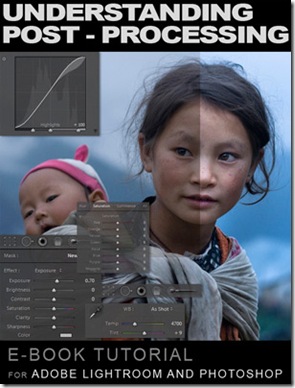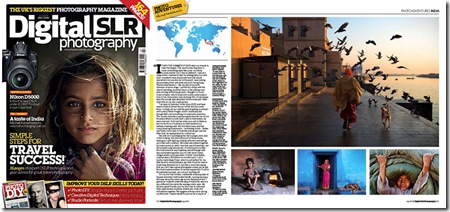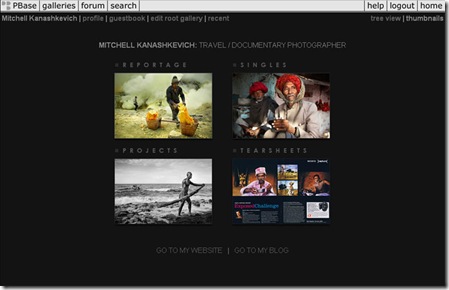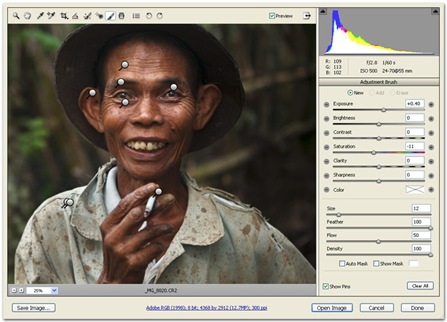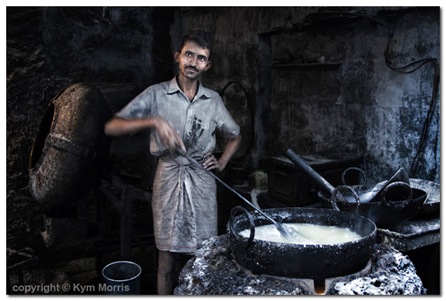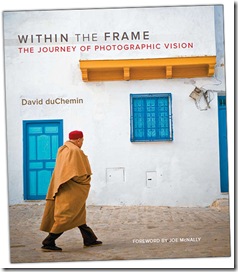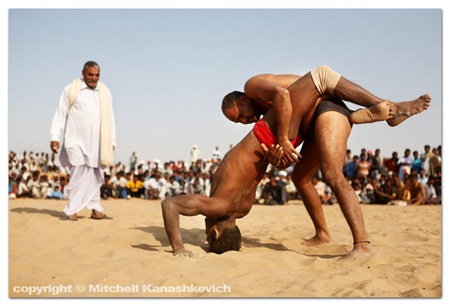 A few of my photographer friends on the internet and others who I respect, have at some stage stated that being competitive with your photography or comparing yourself to others is not something that is very useful for us photographers. I disagree.
A few of my photographer friends on the internet and others who I respect, have at some stage stated that being competitive with your photography or comparing yourself to others is not something that is very useful for us photographers. I disagree.
In a world perfect for photographers, each one of us would simply follow our own creative path and not care about the market and its demands. We would create what we love, spend years on honing our skills and make a living from it. The fact that someone does what we love much better than us wouldn’t matter, because there would be enough work/money/resources for everyone who calls themselves a professional photographer.
Well, in a perfect world there wouldn’t be poverty and injustice, but our world is very, very far from perfect and the photography part of it is no different.
A few days ago I came across a blog entry titled The Sport of Business on the blog of Mark Cuban – former owner of Yahoo, now the owner of the Dallas Mavericks NBA team. Whether you like him or not, one can’t deny that Mark Cuban has been incredibly successful in his endeavors. I’m a big basketball fan and used to play pretty obsessively back in the day. I could relate some things from basketball to photography, so right away I understood where Cuban was going with his post.
Cuban compares the sport of basketball to the “sport” of business. He concludes that the sport of business is “the ultimate competition” . The dedication, the competitive nature and the hard work you have to put in, are the same in basketball and business, but the “sport” of business basically consumes your entire life.
He talks about having the edge over his competition and the “sacrifices” this involves, mentioning not watching TV, unless there is something he can learn from what’s on, not reading fiction, but rather searching the internet, newspapers and magazines for concepts that he can use in his business and “getting so jazzed about what you do, you just spent 24 hours straight working on a project and you thought it was a couple hours.”
Here’s another interesting phrase:
“Every day some stranger from anywhere in the world that you have never met is trying to come up with a way to put you out of business. To take everything you have worked your ass off for, and take it all away. If you are in a growing industry, there could be hundreds or thousands of strangers trying to figure out ways to put you out of business.”
While this quote is not directly related to photography (photographers are not necessarily consciously trying to put each other out of business), but whether we want it, like it or not, the phrase applies to many things in our world. Photography is no exception, we are competing with other photographers in our field. We compete for work, money, recognition, respect.
The demand for photography is limited. There will be only a few winners in a photographic competition, an advertising agency will usually hire only one photographer for a particular project, a magazine will only publish a limited amount of photo stories and a couple will only trust their special day to one wedding photographer.
A seasoned pro, who has been “dominant” in the industry for years may get complacent for a year or two and before he/she knows it, dozens are ready to take his/her place.
The question is: Does it make any sense to think about this stuff?
I guess it depends on the individual and as always, I can only speak about my own approach.
Do I compare myself to other photographers? Most definitely. I look at photos online, in books, in magazines all the time. If I come across work that I like, I’ll search for the photographer, go to their website, read about them, find out about their age, their experience and about what they are doing with their photography. I’m competitive and I’m very curious. I like to know where I stand. I don’t think this is bad and would even suggest to aspiring photographers to adopt this attitude.
But this comparing and competitiveness must have a purpose. It has to be done the “right” way. It’s not about simply looking at the work of talented young photographers, feeling they are so much better than you and lamenting on the whole idea for weeks. Neither is it about saying that all work except your own is rubbish.
If however you were to look at the work of a successful photographer you admire, if you were to compare where he/she is and where you are and stop to think about what the whole thing actually means, you could help your career move forward or remain at the top of the game.
When I look at the work of successful photographers, particularly my peers or those younger than me, I try to understand – What is it that has made them successful in a relatively short amount of time? What are the strong points of their work? Can I learn anything from them? If they are producing the same kind of work as I am, but are much closer to where I want to be, (creatively or financially) I want to know why. It’s surprised me how much I have learned through these comparisons.
Now about being competitive. I’m not talking about the sort of competitive, where you try to trip someone in a race to win. It’s about keeping things in perspective and driving yourself, striving for a level of greatness.
Feeling too lazy to get up and shoot on the streets early in the morning – Some 19 year old is doing it, he’ll have the shot that will sell, that will win the competition, that will give him the edge and get his photo story into the magazine. Simple as that. If you’re not doing it, you can bet that someone is and that person will be the one rewarded, not you.
Not feeling inspired enough to do something with your work? Dreading rejection from a potential client? Well, the other photographer, the one who you thought didn’t have much talent is feeling the same, but he decided to do something anyway. He emailed the magazine, called the client and now his career has moved forward, and yours hasn’t.
You compete with those who are doing the same thing as you by default, and the same goes for your competitors. To have a chance to “win” you must put forth as much effort as you can, use all the existing opportunities and create new ones. If you have the talent and did it right, you will have taken a job or a magazine slot that could have been somebody else’s. The next time things may not turn out so well.
In the end if you really compete, if you give it your all and still don’t get the result, then just like in basketball or whatever other sport, you were usually beaten by a better team/photographer, you probably just weren’t quite good enough (or at times you were not playing the same game). The good thing about photography however, is that the game doesn’t stop when you can no longer run quite as fast or jump quite as high. You can try again and keep trying until you either reach your goal or decide that it’s not worth the effort.
Ultimately the comparisons are about learning, and the competition is about getting off your butt, doing stuff with your work and living life.
And what is the other option? Photographers can shoot mediocre stuff, never compare themselves and never be aware of how mediocre that stuff is, until, if they are professionals it hits them over the head. Until a 17-year-old with an entry level DSLR takes their job.
If photography is just a hobby, enjoy it! But as far as professionals go, I feel that although some say they don’t get competitive or compare themselves, it’s simply not true. They’re doing it, even if they are not entirely aware, and as I said, I really don’t think that’s a bad thing.
I’ve been tied up with some submissions and I am quite close to finishing a new website. If all goes as planned I should have that tutorial available before the end of the month.
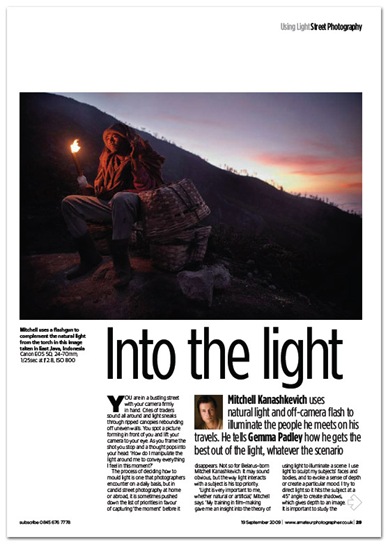 This month there is a 6 page feature on my work in the “Amateur Photographer” - possibly the longest running photographic publication in the world. The article is called “Into the light” (as you can see above), fitting, considering the recent release of my eBook.
This month there is a 6 page feature on my work in the “Amateur Photographer” - possibly the longest running photographic publication in the world. The article is called “Into the light” (as you can see above), fitting, considering the recent release of my eBook.
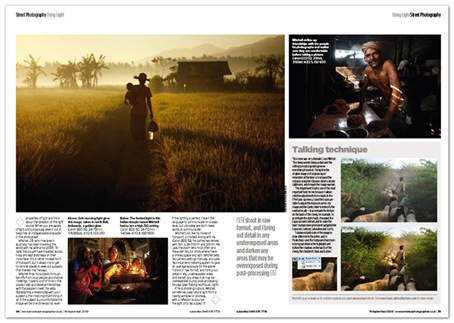
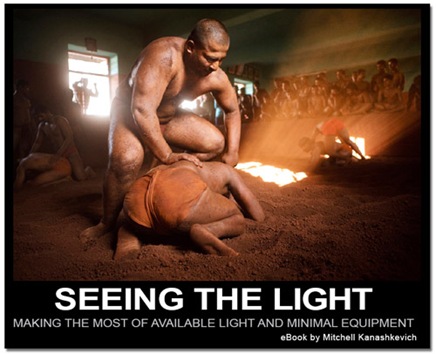
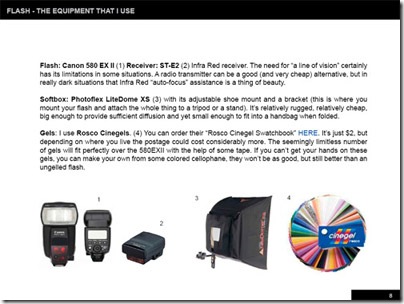
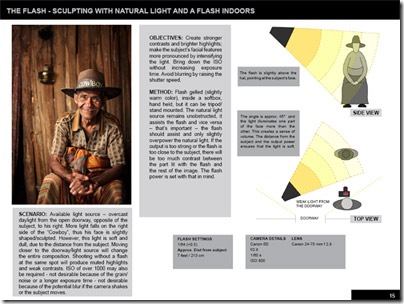
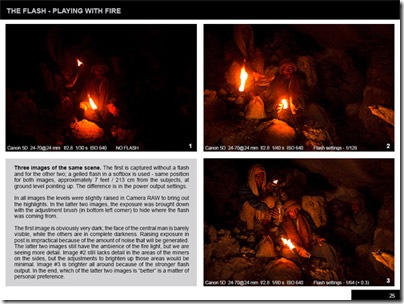
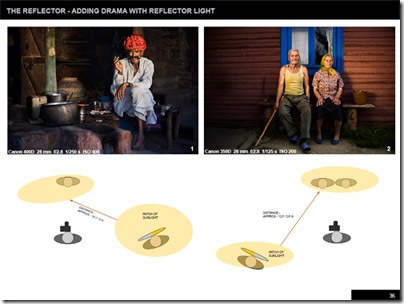
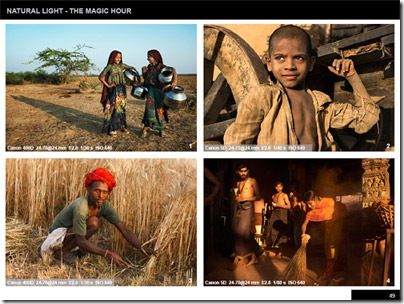 Sample images taken under natural light with complete Exif data
Sample images taken under natural light with complete Exif data









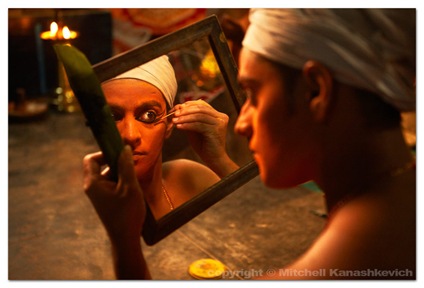 As I sit and type this blog entry in the lounge room of my wife’s parents’ apartment and wait for the “higher powers” (not supernatural ones, just ones with connections) to tell me when I can go out and photograph what I want, I realize – I haven’t shot anything meaningful since I left India. That was in March!
As I sit and type this blog entry in the lounge room of my wife’s parents’ apartment and wait for the “higher powers” (not supernatural ones, just ones with connections) to tell me when I can go out and photograph what I want, I realize – I haven’t shot anything meaningful since I left India. That was in March!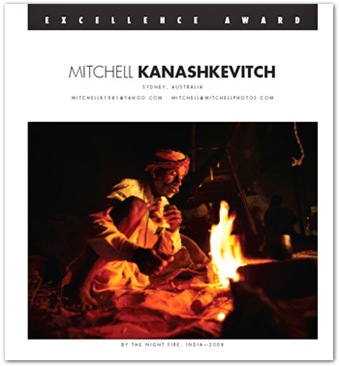
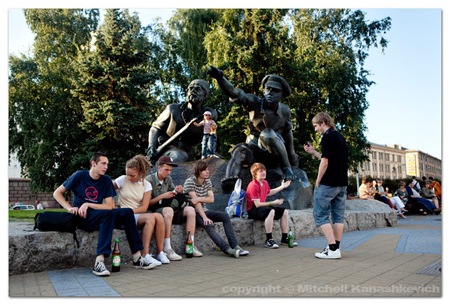
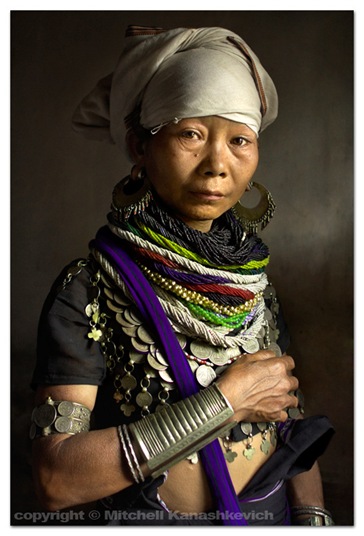 Since I’ve been pretty much consumed by all things light related recently, writing texts for my new e-book, I decided to write a post in the spirit of, you guessed it - light.
When I’m shooting, particularly when shooting portraits I have an obsession with creating a sense of volume and depth, making my photographic subjects appear sculpted, three dimensional. Turns out there has been a word for this “look”, since long before photography. The word is - “chiaroscuro”.
Since I’ve been pretty much consumed by all things light related recently, writing texts for my new e-book, I decided to write a post in the spirit of, you guessed it - light.
When I’m shooting, particularly when shooting portraits I have an obsession with creating a sense of volume and depth, making my photographic subjects appear sculpted, three dimensional. Turns out there has been a word for this “look”, since long before photography. The word is - “chiaroscuro”.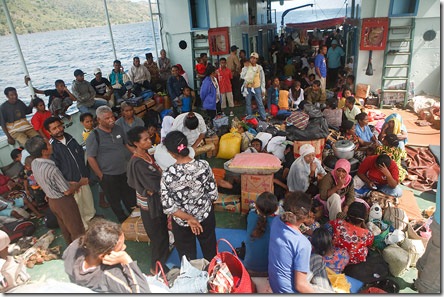
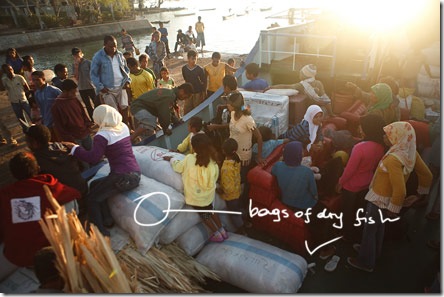
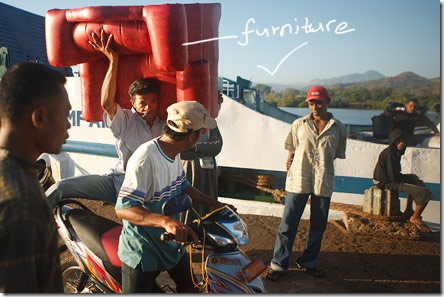
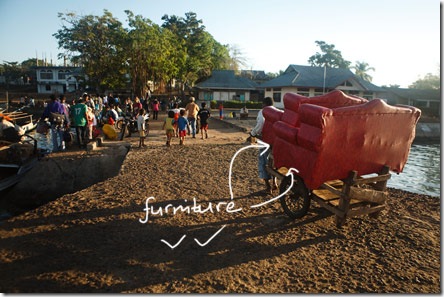
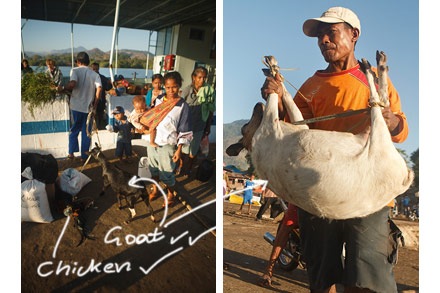
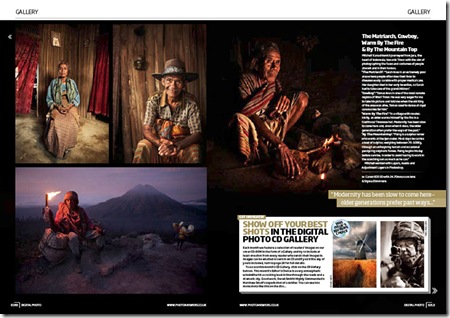
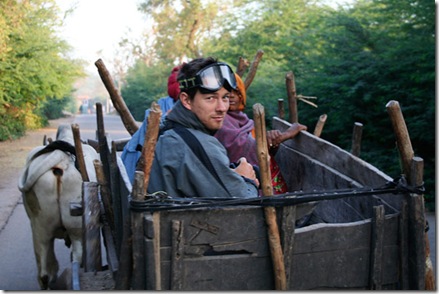

 First of all, I want to thank all the people who bought my ebook tutorial over the past few days and thank you everyone who spread the word about it. While I am not ready to head off on a cruise to the Caribbean just yet :) the great response has certainly made the time I put into this little project worthwhile, heck I may even make another one on a different topic in the future. For those who haven’t yet got it, it will always be available through my
First of all, I want to thank all the people who bought my ebook tutorial over the past few days and thank you everyone who spread the word about it. While I am not ready to head off on a cruise to the Caribbean just yet :) the great response has certainly made the time I put into this little project worthwhile, heck I may even make another one on a different topic in the future. For those who haven’t yet got it, it will always be available through my 